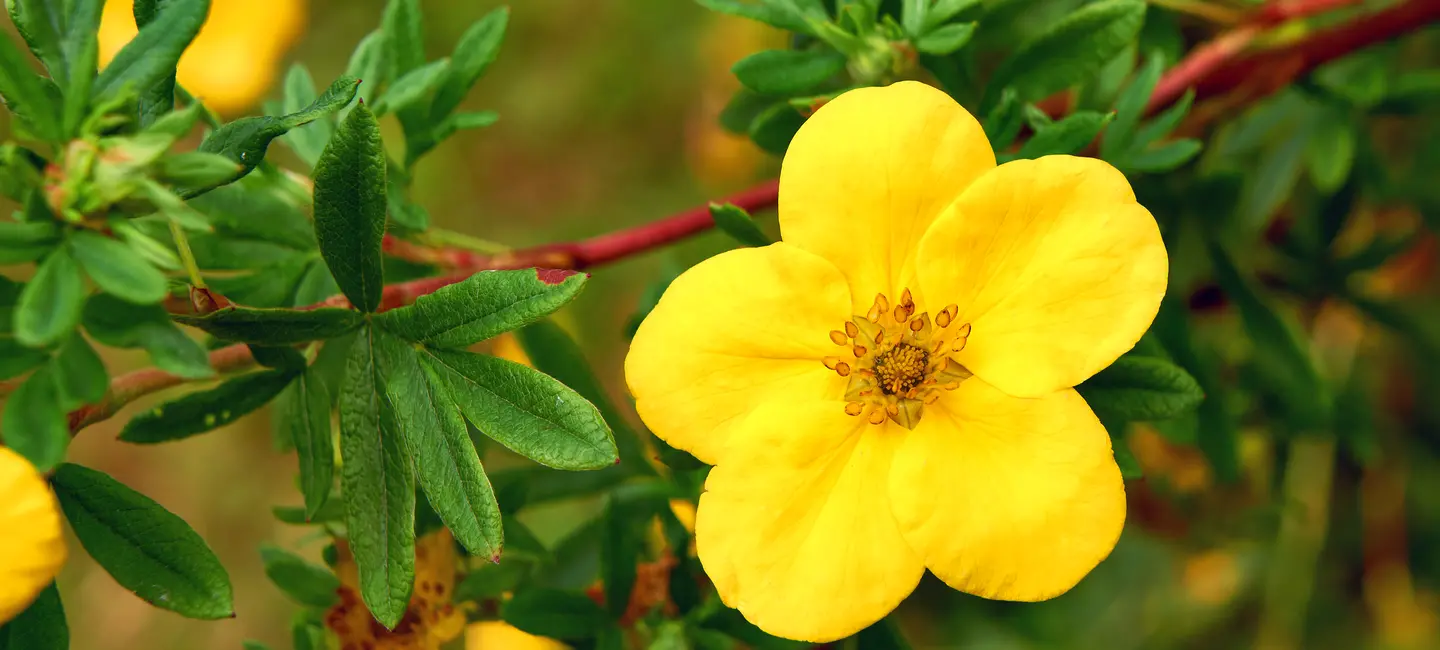
Potentilla is an herb. The flower, leaf, and root are used to make medicine.
People use potentilla for conditions such as sore throat, menstrual cramps (dysmenorrhea), premenstrual syndrome (PMS), and many others, but there is no good scientific evidence to support these uses.
As food, the roots can be eaten raw or cooked, and the stems and leaves can be eaten as a salad.
Don't confuse potentilla (Potentilla anserina) with agrimony (Agrimonia eupatoria) or tormentil (Potentilla erecta), which are also referred to as potentilla.
Is It Effective?
NatMed Pro rates effectiveness based on scientific evidence according to the following scale: Effective, Likely Effective, Possibly Effective, Possibly Ineffective, Likely Ineffective, Ineffective, and Insufficient Evidence to Rate.
- Diarrhea.
- Menstrual cramps (dysmenorrhea).
- Premenstrual syndrome (PMS).
- Sore throat.
- Other conditions.
More evidence is needed to rate the effectiveness of potentilla for these uses.
Is it Safe?
Potentilla contains chemicals called tannins that might help reduce skin inflammation and have a drying (astringent) effect on the tissues.
When taken by mouth: Potentilla is POSSIBLY SAFE when taken by mouth. It may cause stomach pain.
When applied to the skin: There isn't enough reliable information to know if potentilla is safe or what the side effects might be.
Special Precautions & Warnings:
Pregnancy and breast-feeding: There isn't enough reliable information to know if potentilla is safe to use when pregnant or breast-feeding. Stay on the safe side and avoid use.
It is not known if Potentilla interacts with any medicines. Before taking Potentilla, talk with your healthcare professional if you take any medications.
There are no known interactions with herbs and supplements.
There are no known interactions with foods.
The appropriate dose of potentilla depends on several factors such as the user's age, health, and several other conditions. At this time there is not enough scientific information to determine an appropriate range of doses for potentilla. Keep in mind that natural products are not always necessarily safe and dosages can be important. Be sure to follow relevant directions on product labels and consult your pharmacist or physician or other healthcare professional before using.
Information on this website is for informational use only and is not intended to replace professional medical advice, diagnosis, or treatment. While evidence-based, it is not guaranteed to be error-free and is not intended to meet any particular user’s needs or requirements or to cover all possible uses, safety concerns, interactions, outcomes, or adverse effects. Always check with your doctor or other medical professional before making healthcare decisions (including taking any medication) and do not delay or disregard seeking medical advice or treatment based on any information displayed on this website.
© TRC Healthcare 2024. All rights reserved. Use and/or distribution is permitted only pursuant to a valid license or other permission from TRC Healthcare.
